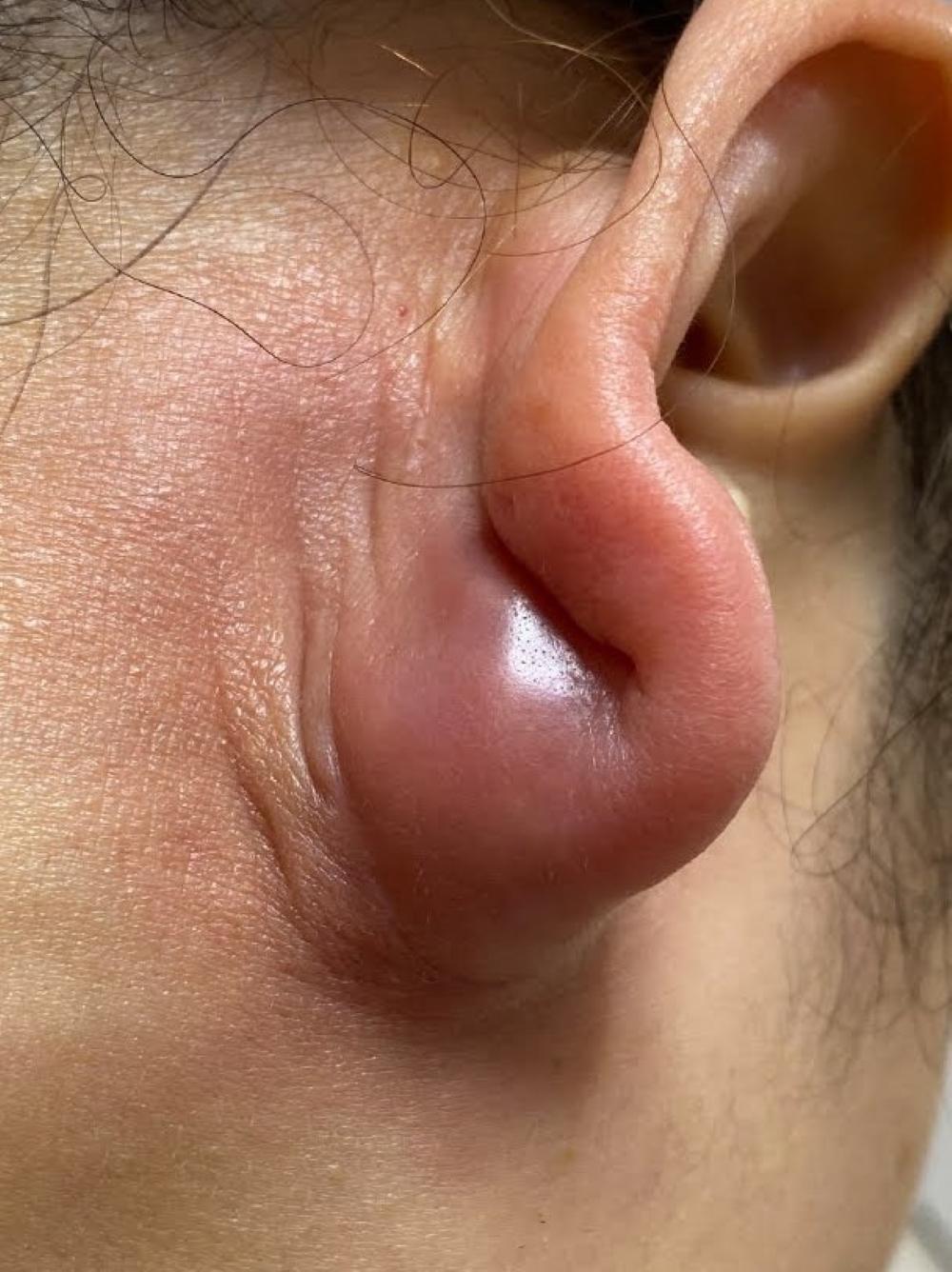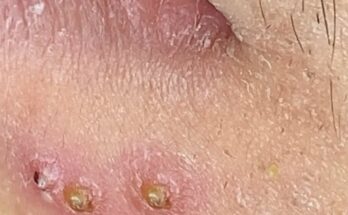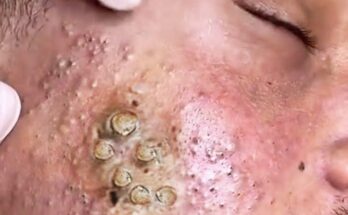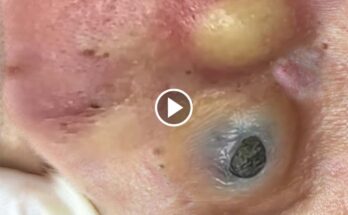Skin issues like blackheads, whiteheads, and cysts may be common, but they can still be uncomfortable, frustrating, and even painful. Knowing the difference between these conditions—and how to manage them—can make a big difference in skin health.
Blackheads and whiteheads are both types of acne, caused when pores become clogged with oil, dead skin cells, or bacteria. Blackheads appear as dark spots on the surface of the skin because the clogged material is exposed to air and oxidizes. Whiteheads, in contrast, are closed bumps under the skin’s surface, giving them a pale appearance.
Both types of acne often appear on the face, shoulders, chest, and back—areas with high oil production. Regular cleansing, gentle exfoliation, and non-comedogenic skincare products can help prevent breakouts. For persistent cases, topical treatments containing salicylic acid, benzoyl peroxide, or retinoids may be effective.
Cysts, on the other hand, are deeper, often painful lumps beneath the skin. These fluid- or pus-filled sacs can be caused by blocked glands, infections, or trauma to the skin. Unlike typical pimples, cysts do not resolve quickly and can lead to scarring if squeezed or irritated.
There are different types of skin cysts, including:
-
Epidermoid cysts (slow-growing and usually benign)
-
Sebaceous cysts (arising from oil glands)
-
Pilar cysts (often found on the scalp)
Medical attention is often required for cysts, especially if they are infected or recurring. A dermatologist may recommend drainage, steroid injections, or minor surgery, depending on the severity.

While online videos showcasing dramatic extractions have gained popularity, it’s always safer to consult a medical professional for proper treatment.
Your skin deserves care—not just attention. Understanding these conditions is the first step toward clearer, healthier skin.



